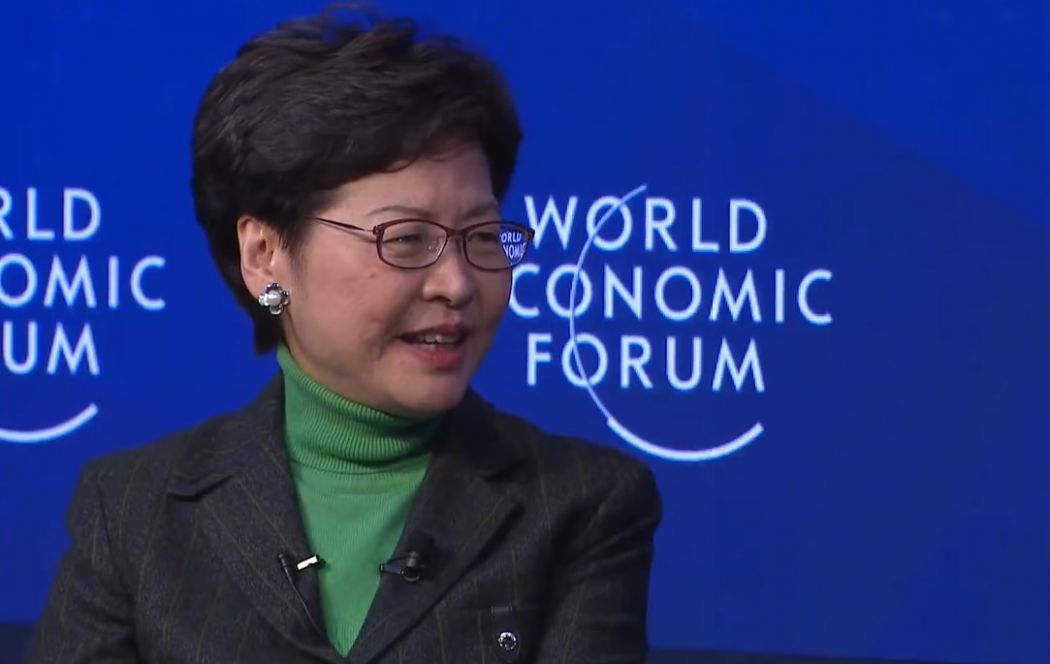
Indonesia has its share of challenges with political leadership and corruption, but reforms–including their first-ever presidential elections on 2004, which resulted in a peaceful transition of political power–have resulted in widespread optimism. I can honestly say that they are among the nicest people I have known. I had the pleasure of spending some time in Indonesia years ago, and many of my friends are Indonesian.

The Aspen collection is made in Indonesia. Not only did Crate and Barrel’s Aspen Collection make #1 as the overall best dinnerware set on Wirecutter / The New York Times, and not only has it been one of the best reviewed sets on Crate and Barrel’s site for over 20 years, it’s also the dinnerware set that my wife and I use at home. Best Dinnerware Not Made in China – Quick Ranking Still, it’s good reinforcement that in buying from these sets and these brands you’re not compromising on quality–these are the best of the best. I was a bit surprised to find that a lot of the products I found to be “the best” also happened to be on other “best of” lists, including sites like Wirecutter and Good Housekeeping, although their lists are also littered with China-made products as well.

Two manufacturers in the USA stand out in particular: Fiesta’s high quality and beautiful colorful dishes, and HR Coors with their lead-free, restaurant strength plates. Is there any dinnerware still made in the USA? And Crate and Barrel and Williams-Sonoma both feature a wide variety of dinnerware sets made in multiple countries–even though China is one of those countries, these sites don’t try to obfuscate the country of origin from you. Noritake is still making lots of their product out of Japan. Villeroy & Boch are still making things out of Germany. Wedgwood manufactures a lot of its products out of Indonesia. What’s worse is that these brands still charge the same premium than they always did before they moved manufacturing over to China, meaning lots more profits for them.Īnd yet there are some brands who seem to be avoiding China-based manufacturers in manufacturing dishes and dinnerware. Lenox? They closed their last US-based plant in 2020, so presumably they’ll be completely in China moving forward. And so you need to check carefully where their products are made. Brands that date back decades or even centuries can no longer produce their dishes domestically. That led to Great Britain being the biggest producer of fine china and popular brands and robust manufacturing being established in the United States as well.
.jpg)
In the 18th century Europe admired porcelain from China so much they started to create alternatives, such as soft-paste porcelain and bone china. Yes, there was a time where China led the world in technological innovation and creativity, creating kilns that could fire at the 2370 degrees F (1300 degrees C) needed for porcelain, creating glazes of amazing colors, and producing pieces throughout its history, culminating in the Ming Dynasty. The “Fine” in “Fine China” should be a verb, not an adjectiveįine china was (or more precisely, hard-paste porcelain) was invented in China sometime between the 2nd and 8th centuries AD.


 0 kommentar(er)
0 kommentar(er)
